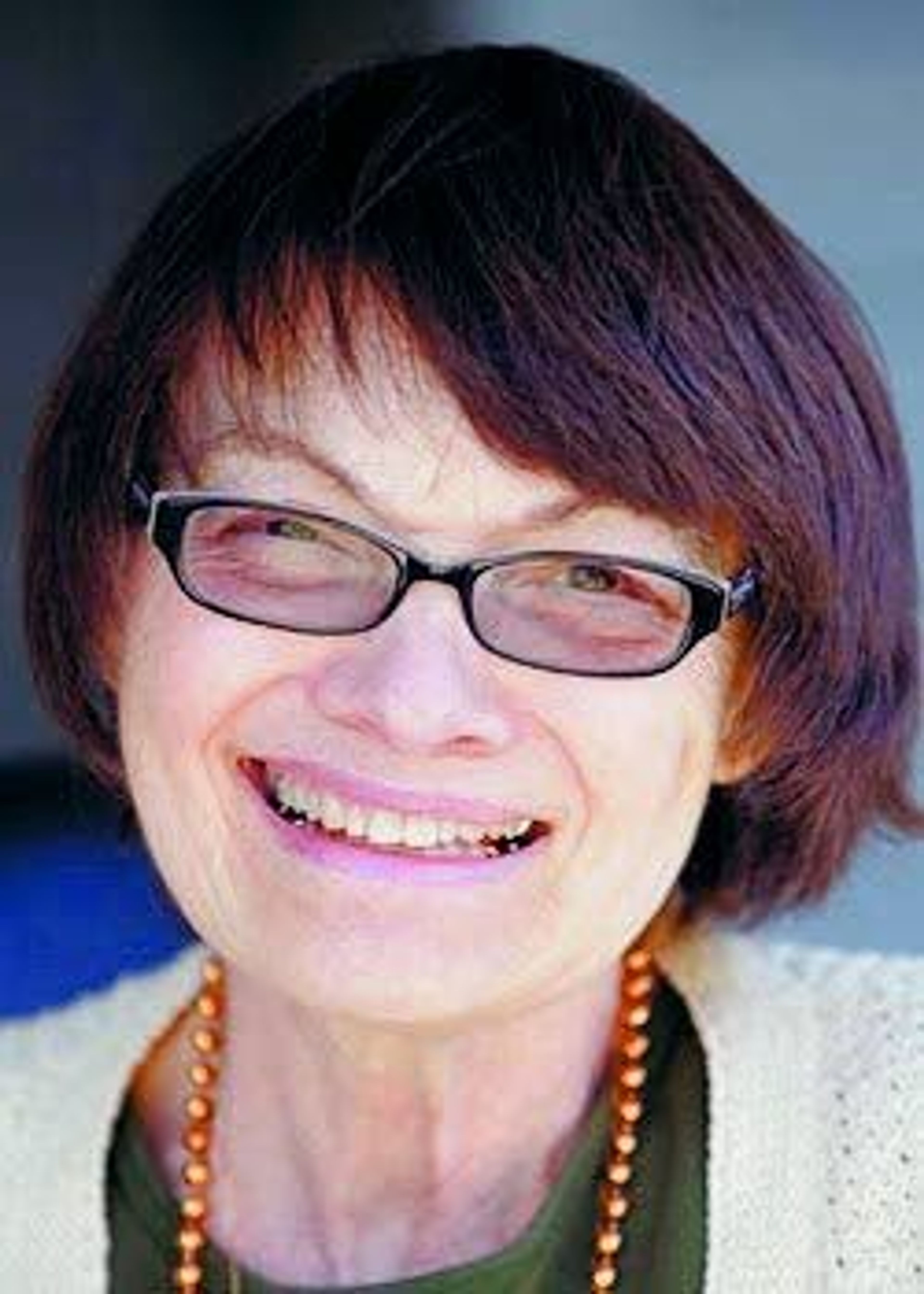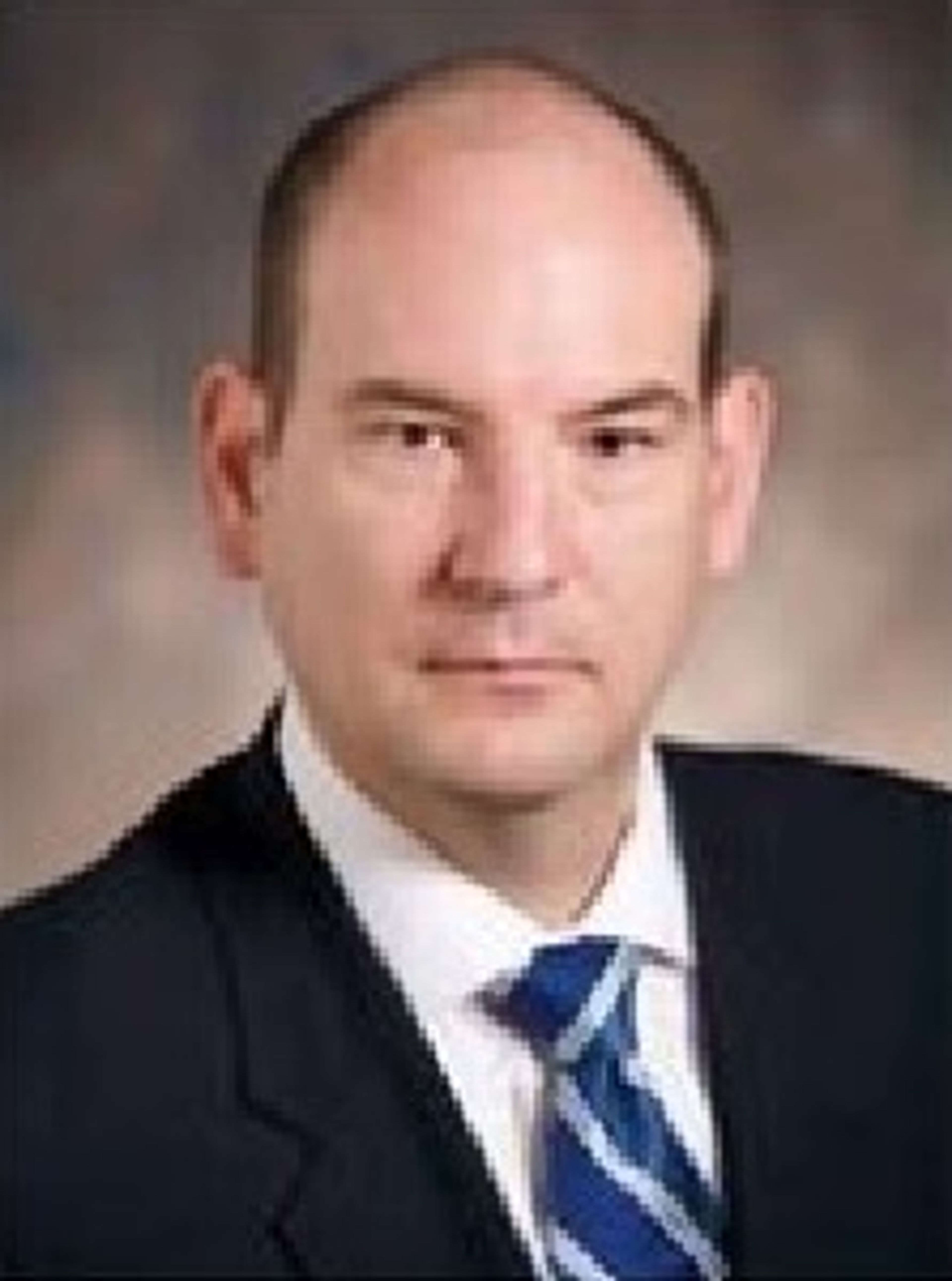Nearby History: Moscow High School took public education to a new level in 1912
In 1912, with the laying of the cornerstone for the new Moscow High School building now known as the 1912 Center, public school education in Moscow rose to a new level. First, the new edifice on the north side of Third Street relieved the overcrowding of high school classes confined to one classroom of the two-story brick building built 20 years earlier (now demolished) on the south side of the street. Second, it allowed for expansion in the high school curriculum consistent with trends of the "Progressive" movement afoot in America from 1890 to 1920.
According to 1991 documents nominating the building for the National Register of Historic Places, enrollment in Moscow's first high school grew from seven in 1892 to 72 in 1897. Factors contributing to the increase included a growing "progressive" realization that secondary education was key to personal and community development. Further, the University of Idaho was planning to end its "preparatory program" by 1914. This program offered a high school curriculum to students intending, but unprepared, to attend the UI.
In 1911, with help from promotions in Moscow's newly daily newspaper, The Daily Star-Mirror, a bond election to fund construction of a new and larger Moscow High School near the old one passed with an easy majority. The 1892 building could then be reconfigured for lower grades and renamed the "Whitworth" Building, for popular grade-school teacher Isa Whitworth, who, according to the Star-Mirror, was "the oldest teacher (in point of service) in the local schools."
The new Moscow High School building began early to earn its nomination to the National Register based on its significant association "with the growth of Moscow (county seat of Latah County) and to the development of education in the city." A widespread goal of Progressive Era education was to uphold practices promoting access to education for people with all types of interests and skills, whether or not supported and cultivated by a college or university curriculum. In keeping with this goal, completing high school became an accepted prerequisite for a wide spectrum of occupations.
Thus, reported National Register nominators, the new building accommodated agricultural courses, commercial studies, courses in "manual" and "domestic" sciences, physical education, physics, botany and chemistry. The gymnasium was on the ground floor (now the 1912 Center's plaza level), with offices, classrooms, laboratories and auditoriums on the other three floors. The top floor included the larger auditorium, which could seat 520 persons. Jeanette Talbott remembers that the larger auditorium floor was slanted and a perfect place for marble-rolling activity. A rare photo of the larger auditorium (third floor) that Talbott contributed to the Latah County Historical Society, shows desks, rather than conventional auditorium seats, filling that space.
Spokane architect Clarence H. Hubbell designed the building, following trends of the Progressive Era nationwide.
"Its classic details in brick and white terra cotta are unique in the area, not found even on the University of Idaho campus," noted the National Register nomination.
The building remained a high school until completion of phase one of the current Moscow High School in 1939. After that it was used as a junior high, then as headquarters for the Moscow School District administration, a meeting place for the school board and storage.
The city bought the building in the 1990s and with private donations, including $2 million from the late Janet Lecompte, took on the first renovations to make it a community center. In 2007, the city transferred building management to the nonprofit Heart of the Arts Inc. It is well used for community and private events and regular meetings.
Just as construction in 1912 took education to a new level, Heart of the Arts and LCHS are "taking dinner to a new level" at next Friday's catered "Penthouse Picnic," opening all four levels of the building to attendees. To see if tickets are still available ($100 donation per ticket), call (20) 669-2249. See also http://goo.gl/9yJQRC .
Joann Jones is curator emeritus for the Latah County Historical Society. joann.jones27@yahoo.com












